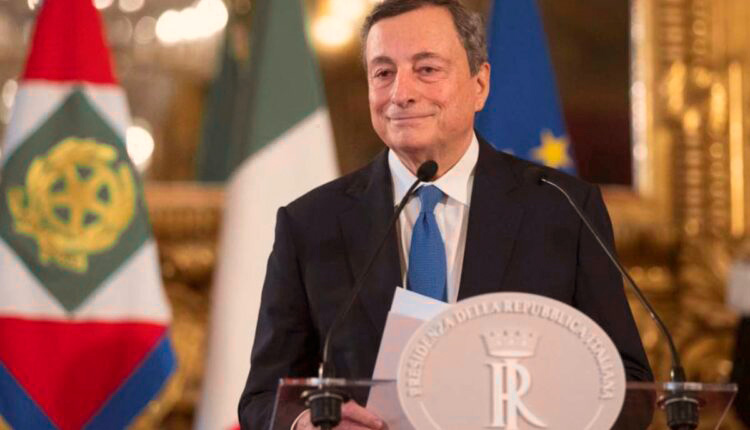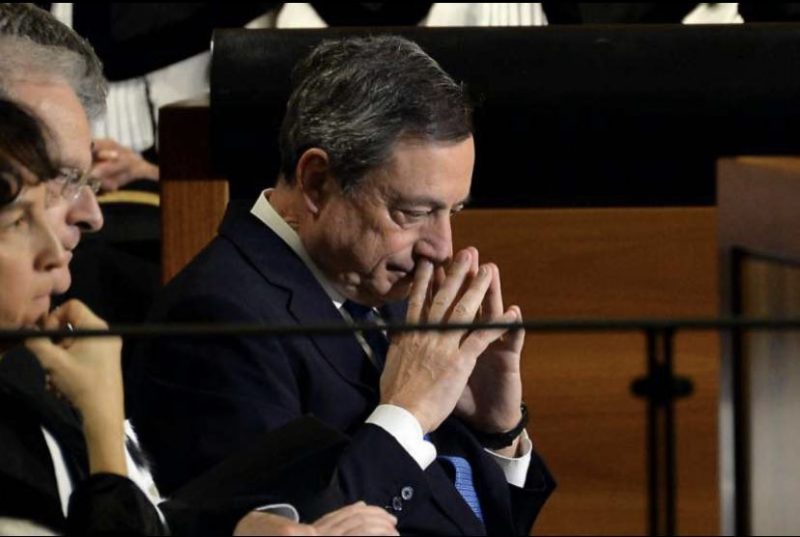Reasons for the Fall of the Super Mario Government: The Center-Right Coalition Against the Technocrat Prime Minister
Mario Draghi’s government fell on Thursday, July 21. The former president of the European Central Bank went to the Quirinal Palace to meet Sergio Mattarella after failing to secure more than 95 votes from parliament members. Without the votes of the Lega, Forza Italia, and the Five Star Movement, his government officially collapsed. The fall of Mario Draghi’s government occurred during a chaotic two-day parliamentary session.
The lack of confidence votes from the Lega and Forza Italia, who were part of the government, surprised political observers. While the no-confidence vote from Fratelli d’Italia, which was in opposition, was predictable, the behavior of the Lega, Forza Italia, and the Five Star Movement was unexpected.
The Role of the Five Star Movement in the Decline of Fortunes and the Fall of the Super Mario Government
However, the momentum leading to the current crisis began at the end of June when the well-known sociologist Domenico De Masi said Grillo, the founder of the Five Star Movement, told me that Mario Draghi asked me to remove Giuseppe Conte from this party. In response to this claim, Giuseppe Conte admitted that it is really unacceptable for a prime minister, who gained his position with our support, to interfere in the affairs of the political forces that supported him.

It seems that the lack of votes from the Five Star Movement on the DI law regarding employer-paid subsidies was a reaction to Mario Draghi’s request to remove Conte from this movement. At that time, Draghi decided to resign, but his resignation was rejected by Sergio Mattarella.
And this was the beginning of the end for the Super Mario government. Finding the situation critical, Mario Draghi, in his speech on July 20, asked the parties to move the country towards the best change with a new, honest, and tangible trust pact. This request for convergence after the recent disagreements was no longer effective because the center-right government of Lega and Forza Italia had decided to vote no confidence in the executive branch and were not willing to give Draghi another chance.
It is worth noting that they, in order not to officially take responsibility for the fall of the government, set a conditional ultimatum for Mario Draghi. They made the continuation of Mario Draghi’s government conditional on changing all cabinet members and forming a government inclined towards the center-right, a condition that could not be accepted by Draghi. It seems that the accumulation of grievances against Mario Draghi’s government, which had started weeks earlier over issues like sending weapons to Ukraine, was finally brought down by the last straw of internal political disagreements.
Italy’s First Female Prime Minister
Thus, according to the announcement by the President of Italy, early parliamentary elections in the country will be held on September 25. Concerns about the rise of the far-right movement in Italy have increased, and currently, based on poll results, the right-wing Fratelli d’Italia party, led by Giorgia Meloni, has a strong chance of winning the September elections. Speculation suggests that her party might win, form a right-wing coalition government, and elect Meloni as prime minister, which, if realized, would make Giorgia Meloni Italy’s first female prime minister.
Who is the Leading Candidate for Italy’s Prime Minister?
Giorgia Meloni was born in 1977 in Rome and entered politics at the age of 15 as an activist with the Youth Front of the Italian Social Movement, a group founded by former fascists after World War II.
She served as the Vice President of Parliament from 2006 to 2008 and as the Minister of Youth from 2008 to 2011 in the fourth Berlusconi government. She was the youngest minister in the history of the Italian Republic.
Meloni later left Silvio Berlusconi’s center-right party, People of Freedom, in opposition to support for technocrat Mario Monti in the 2013 elections and founded the Fratelli d’Italia party. She has been the leader of this party since March 8, 2014.
She now also has close ties with far-right parties in other European countries and is considered a supporter of former U.S. President Donald Trump. However, according to Wolfgang Piccoli, director of the research company Teneo, the Brothers of Italy party needs to do several fundamental things to achieve its goals, including some cleansing of its neo-fascist roots and creating a strong management team.

